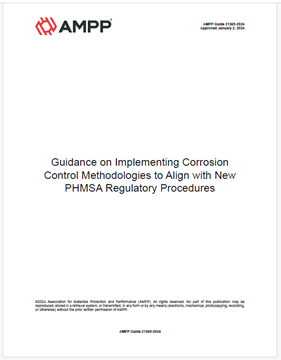In August 2022, the United States Department of Transportation Pipeline and Hazardous Materials Safety Administration (PHMSA) revised the Federal Pipeline Safety Regulations to improve the safety of onshore gas transmission lines. PHMSA expects the new requirements will reduce the frequency and consequences of failures and incidents involving onshore natural gas transmission pipelines through earlier detection of threats to pipeline integrity, including those resulting from corrosion or extreme weather events. Additionally, revisions to the regulations address several other areas, including management of change processes, corrosion control, and criteria to repair pipelines. New corrosion control regulations were incorporated into the following sections of the United States Code of Federal Regulations (CFR) Title 49, Part 192, Transportation of Natural and Other Gas by Pipeline: Minimum Federal Safety Standards: 192.319, 192.461, 192.465, 192.473, and 192.478. Additionally, revisions to Sections 192.485 and 192.714 include remedial measures for transmission lines impacted by corrosion.
PHMSA’s Regulation Identifier Number (RIN) 2137-AF39 entitled “Pipeline Safety: Safety of Gas Transmission Pipelines: Repair Criteria, Integrity Management Improvements, Cathodic Protection, Management of Change, and Other Related Amendments” (also known as RIN 2 or the Gas Mega Rule) increases pipeline safety regulatory requirements in 49 CFR 192 for operations, maintenance and integrity management.

